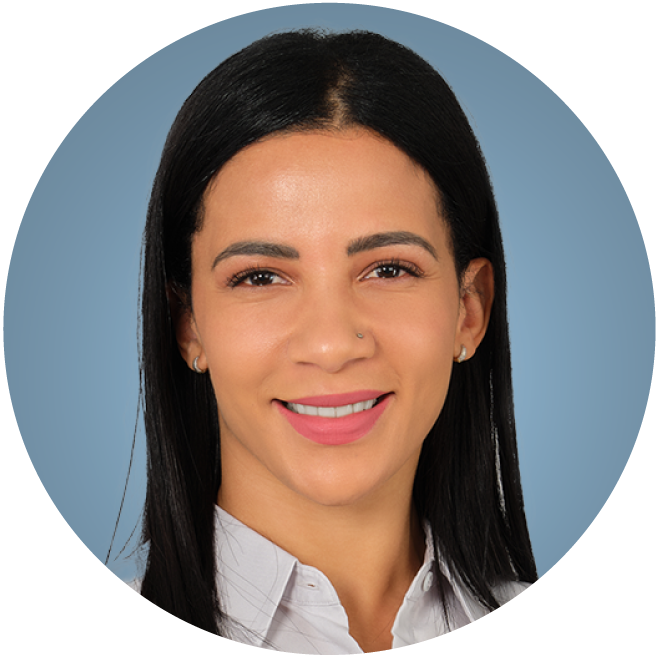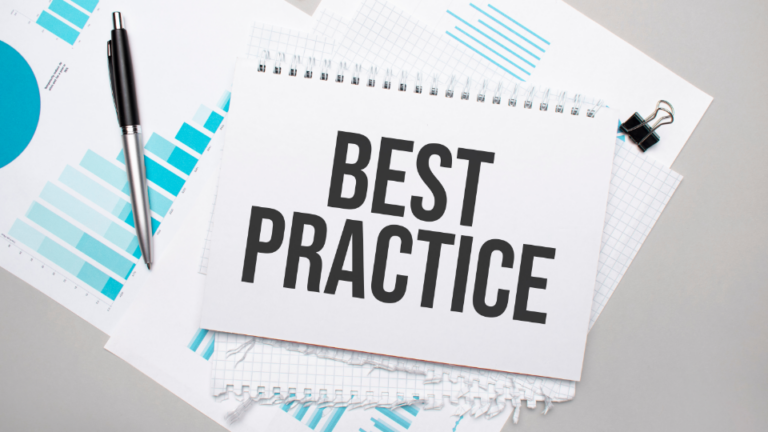
TIP #1 – Decide how to apply, and read the instructions!
You must be an INCOSE member to apply, so helpful hint 0 is: Join INCOSE.
Check with your local Chapter, and within your organization, to decide on your best application route. Some Chapters and organizations have their own application processes agreed with INCOSE. If you are in the UK, for example, you may prefer to apply via the INCOSE website
Whatever your application route, read the instructions: you might be surprised by how many people fail to do this.
When applying via INCOSE International, the instructions are provided in “Form 2” on the INCOSE website. “Form 2” is available here.
The tips that follow are written on the assumption that you follow the INCOSE International route, but the same principles will apply for other routes.



TIP #2 – Don’t feel pressured by the text fields
The text fields are provided for requested information to be inserted. They are designed to automatically expand to fit your response.
Do keep in mind that the size of the text field is not in any way an indication of how much text input is required/necessary.

TIP #3 – Provide plenty of detail
It is extremely important to be specific and to provide plenty of detail throughout this application, especially when it comes to describing your technical depth and breadth within each of the 15 systems engineering functions performed (section 5).
Your application will be strictly evaluated by a panel of at least three experts in systems engineering; so the more specific your information is and the more detail you provide the better. It would be helpful to describe systems engineering artefacts you produced and highlight the roles you also performed on projects.
If any information provided is unclear or doesn’t add up, the panel is most likely going to question it. Your application may simply be denied or sent back to you if it is lacking in detail, inconsistent, or unconvincing with respect to meeting the criteria.

TIP #4 – Note qualifications & experience
Section 4 requires you to enter your education information. The review panel is interested in the type of certificate(s)/degree(s) obtained (in relation to engineering and technical aspects). A common question from applicants is whether or not their degree will be accepted by the review panel. The Certification Office provides the following guidance:
“Qualifying Bachelor’s degrees include BS or BSE (or international equivalents through such mechanisms as the Washington Accord or the Bologna Agreement) in the following or related engineering disciplines: aeronautics, astronautics, biomedical, chemical, civil, computer, electrical, environmental, industrial, mechanical, nuclear, software, systems. Other qualifying fields of study include: chemistry, computer science, mathematics, chemistry, physics. If the Bachelor’s degree does not come from the above fields, then a Masters or Doctorate degree (or international equivalent) in those fields is acceptable. The acceptability of other degrees outside this guideline is subject to the decision of the Certification Program Office. To expedite the review in cases where they may be any doubt about the acceptability of the degree, applicants should submit with their application a copy of their transcript showing the courses taken to obtain the degree. Degrees such as Information Technology and Systems Management may be accepted if they include coursework similar to the calculus and physics classes typically included in engineering programs of study.
The following link gives information about the ABET criteria for accrediting engineering programs. Although INCOSE does not require ABET accreditation to qualify a degree, it does follow a similar approach: https://www.abet.org/accreditation/accreditation-criteria/criteria-for-accrediting-engineering-programs-2015-2016/.
Your educational information allows the panel to determine the level of skills you have acquired in order to attain these degree(s). Specific details such as years, dates, name of the degree(s) etc. are to be provided.
When submitting your application online, scanned copies of transcript(s) and degree(s) from colleges and universities attended will need to be also submitted. If using the postal system to send in your application, please do not send in (on any account) the original copy of any degrees/certificates or transcripts as you will not receive these back. These will be used purely for evidence purposes.

TIP #5 – Make pre-payment
Section 3 is basic. All that is required is to indicate which payment method you have used/ are going to use. Payment can be made online or by cheque.
Please do take note: “Organizations that sign a Memorandum of Agreement (MOA) with INCOSE for mutual support of the Certification Program may have reduced application fees for organizations members.”
It is mandatory for full payment to be made and approved by INCOSE in order for your application to be reviewed and processed.

TIP #6 – Determine your degree
In section 4 you will have to determine which ‘type of degree’ applies to you, and hence the number of years for which you will need to provide evidence of your experience.
If you do not have a qualifying Bachelor’s degree, you may still qualify by providing evidence that you have gained the additional years of engineering experience as captured in the table below.
| Type of Degree | Experience (Years) |
| Qualifying Bachelor’s degree | 5 |
| Non-qualifying Bachelor’s degree | 10 |
| No Bachelor’s degree and no qualifying degree | 15 |

TIP #7 – Detail every position
Providing your “Systems Engineering Experience” is the heart of section 5 and of this entire application. Regardless of how many years’ experience you have gained, filling in the experience table is still necessary. Within this section there are 7 subsections, Position 1 (P1) through to Position 7 (P7). Each ‘Position’ is to represent a different position, role, or period in your career, with Position 1 being the most recent. You should choose the breakpoints that allow you to describe your career in the most convincing way. You do not have to use all 7 positions, and you can use more than 7 if you submit an additional document.
In describing your experience, be very specific about your contribution and refer to actual work products generated. (For example, don’t say “I was part of the system architecture team”, but rather say, “I drafted the architecture definition document, reviewed it with stakeholders, incorporated comments, and achieved approval of the baseline architecture definition document”). Say what you can about the nature of the projects you worked on, even if some aspects are confidential. Use the INCOSE Systems Engineering Handbook terminology when you complete your form. This will show that you know the handbook and make it easier for the review board to relate to your descriptions.
Your experience must be described with respect to the 15 systems engineering functions described in Attachment A of the “Form 2” instructions (see Tip 1). If the language of these functions does not match the language of your working environment very well, you may find it useful to develop an equivalence table for your own purposes.
Use of the 15th function “Other” should be avoided, and your equivalence table may help in this. Do you really have some experience that can’t be described in terms of the 14 primary functions? If so, it may be hard for the review panel to be convinced that it should be counted.
A few simple rules apply:
- If positions overlap in time, you will have to pro-rata your experience in a way that makes sense to you;
- Similarly, if you worked on more than one systems engineering function in parallel, you will have to pro-rata that experience;
- The total number of months claimed within a calendar period may be less than the months in that calendar period, but not more.
In each position, you will be required to record details such as:
- start and end dates of position (months rounded to the closest whole month);
- name of the organization;
- name of position;
- name of supervisor;
- names of references for this position;
- a detailed description of the role/position and the functions carried out during this time.
Ensure that the technical breadth and depth of your experience is clear, specific and in plenty of detail.

TIP #8 – Summarize
Once you have completed supplying the information above (in Section 5) the ‘summary table’ will update automatically.
Double-check that at least three rows cover 12 months or more, and that the total experience claimed in the bottom right hand corner is 60 months or more.

TIP #9 Provide strong references
This is often the hardest part of the job.
In section 5, references are to be provided to support the information you have given throughout the application. No fewer than 3 legitimate references are to be provided. Choose them well; they may not call themselves systems engineers, but they must be able to convince the review panel that they can think like systems engineers. At least one reference should be a current or former supervisor, and all of them must have systems engineering experience equivalent to or greater than your own. The references can overlap, but every month claimed in the experience table must be covered by at least one reference.
Spend some time with your references to explain what is required of them, especially if they are unfamiliar with INCOSE or the certification process.
If they can be explicit about your contribution to particular work products and perhaps a team or project success, that will add weight to your application. They should also substantiate the number of months that you claim for each systems engineering function, within the period that they are covering. Their wording can be different from yours, because the review panel uses its judgment in deciding consistency between your application and the set of references provided. Sometimes if a reference uses their own words, it can be more convincing.
References are often very busy people, and many applications are delayed whilst waiting for references to be submitted.
You may need to apply some cajoling techniques!

TIP #10 Double check
Do not fill out section 6 until you have completed all of the sections to the best of your ability.
Get somebody to review the application before you submit it, and preferably someone who has been through the process, or is familiar with it. If English is not your first language, it might be a good idea to get a natural English speaker to review it.
An application that contains errors and inconsistencies does not make a good impression, and it is usually obvious to the panel if nobody has reviewed it.
Throughout the process, remember that, provided that you meet the criteria, INCOSE wants you to pass. Make it easy for the review panel to see that you have the relevant experience, and encourage your references do the same.








